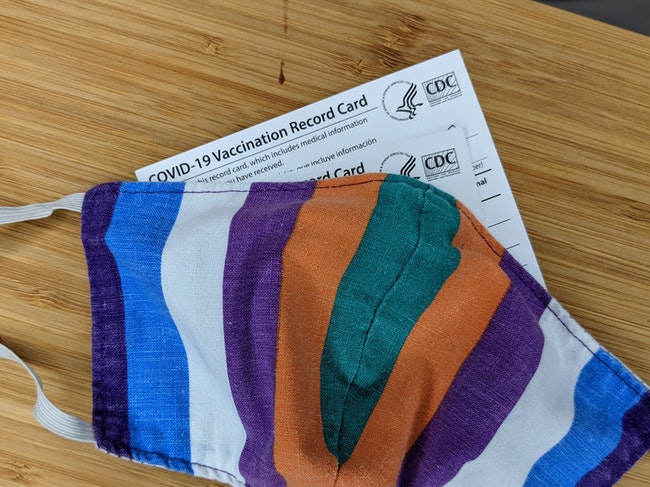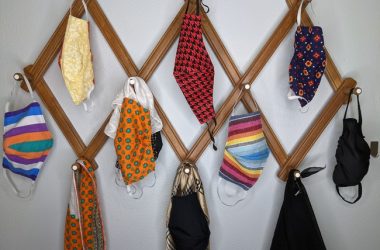In a surprise move, Gov. Kate Brown said Monday that Oregon, Washington and California will jointly lift their indoor mask mandate on March 12.
Masks will no longer be required in schools but state officials will recommend they still be used, according to a news release.
The joint announcement reflects declining cases and hospitalizations across the West. It also reflects the movement of the virus. It is blind to borders. The first case in the U.S. was identified on Jan. 21, 2020 – in Washington state. Less than a month later – on Feb. 19 – a man in Washington County tested positive for the virus.
“Covid-19 does not stop at state borders or county lines,” Brown said in a statement. “On the West Coast, our communities and economies are linked. Together, as we continue to recover from the omicron surge, we will build resiliency and prepare for the next variant and the next pandemic.”
In Washington state, Gov. Jay Inslee said: “While this represents another step forward for Washingtonians, we must still be mindful that many within our communities remain vulnerable. Many businesses and families will continue choosing to wear masks, because we’ve learned how effective they are at keeping one another safe.”
Masks will continue to be required in Oregon in high-transmission settings like health care facilities and on public transit. The latter is required by federal law.
California Gov. Gavin Newsom said that the requirement will also remain in his state for homeless shelters, emergency shelters and in long-term care facilities.
In Oregon, there will also be some exceptions, Liz Merah, one of Brown’s spokespeople, told the Capital Chronicle in an email.
They include employees who are required to wear an N95 or KN95 mask because they were exempted from the vaccine requirement which ends April 1. Katy Coba, chief operating officer and director of the Department of Administrative Services, said they their mask requirement will remain until then. State employees working in health care or correctional settings may also be required to wear a mask, Coba said. In an email to state employees, she said staff should check with their supervisors.
Merah said Monday’s announcement would not affect government buildings that are currently closed. State office buildings in Salem and the Portland State Office building in Northeast Portland that only have been open to the public by appointment will reopen May 1, as announced last week.
Last Thursday, Brown and the Oregon Health Authority said that indoor and school mask mandates would be lifted Friday, March 19, nearly two weeks earlier than originally announced because of the rapid decline in people hospitalized with Covid. That announcement said that the end of the mandates will not lift vaccination requirements for health care workers and K-12 educators. Those requirements were put in place by state or federal non-emergency authority, the statement said.
On Friday, 527 people with Covid were in an Oregon hospital bed, with 98 in intensive care and 52 on a ventilator, according to Oregon Health Authority data. That compares with 1,130 people hospitalized on Jan. 27 at the peak of the omicron hospitalizations. A total of 169 people with Covid were in an intensive care bed.
An Oregon Health & Science University prediction said last week that hospitalizations would fall to 400 by March 20. That’s the number that the state wanted to reach to lift the remaining Covid mandates.
At the moment, the risk of becoming infected with the virus is only low in two counties in Oregon: Malheur and Grant. The bottom half of Oregon from Lane, Benton, Jefferson and Crook counties east through Harney County and south to the California border remain at high risk for Covid, according to the Centers for Disease Control and Prevention. The northern part of the state faces a medium risk. Only Columbia County in the north is at high risk.
Brown said last week that the state of emergency would end April 1. That won’t change, Merah said.
“As we learn to live with this virus, we must remain vigilant to protect each other and prevent disruption to our schools, businesses, and communities – with a focus on protecting our most vulnerable and the people and communities that have been disproportionately impacted by Covid-19,” Brown said.
This story originally appeared in the Oregon Capital Chronicle and is republished here under a CC BY-NC-ND 4.0 license. Read more stories at oregoncapitalchronicle.com.




